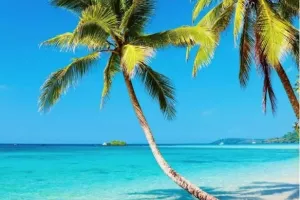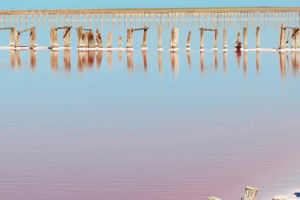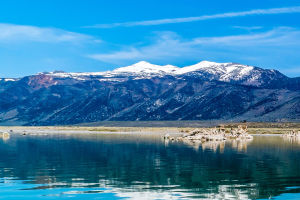Marsh is sometimes considered as a terrible place, a place where creatures die. But in fact, marshland has its unique and important position in the world ecosystem. Marshland is usually the habitat and nature reserve of many mammals, insects, amphibians, reptiles, and baobabs. Now let's take a look of the five most beautiful marshlands in the world.
1. Everalades
The Everglades, located in Florida in the south of the United States, covers an area of 110000 square kilometers and is known as "the most mysterious place in the United States". The Everglades have a variety of natural environments, including marshes covered by sedges, forests submerged by rivers and Mangroves by the sea. The Everglades is rich in animal and plant resources in North America, with more than 350 species of birds alone. The famous large animals include leopard, alligator, White Star deer, manatee, etc. The development of the Everglades has caused serious damage here. However, with the establishment of the Everglades National Park and the improvement of people's awareness of environmental protection, the situation here has gradually improved. The river flows slowly southward through the area to the mangrove swamp connected with the southwest Chicago Bay and the southern Florida Bay. The swamp extends eastward to the narrow sandbars including the Miami metropolitan area, To the west, it converges with the Cypress Swamp.
2. Pantanal Marsh
Pantanal marsh is in the southern part of Matogrosso state, Brazil, with an area of 25million hectares. Many rivers, lakes and plains are distributed in the marshland. Among them, wetlands, grasslands, Amazon, and Atlantic forests are representative ecosystems in South America. Due to the special natural conditions and various biological species in Pantanal marsh, it was listed as the World Biosphere Reserve by UNESCO in november2000 and included in the list of human natural heritage by UNESCO in the same year.
3. Kandaba Swamp
Kandaba swamp is in the Philippines, covering an area of 32.000 hectares. It is one of the important bird migration reserves and a paradise for migratory birds. During the rainy season, the wetland completely sinks into the water, but the magic thing is that it can completely dry up from November to April every year and become a cultivated land that can grow rice and watermelon.
4. Okefenokee Swamp
Okefenokee Swamp is a primitive swamp and wildlife reserve in southeastern Georgia and northern Florida. There are low sand ridges, grasslands, marshy highlands, and dark water areas full of shrubs and trees. There are many wild animals, including about 175 species of birds, about 40 species of mammals and crocodiles.
5. Okavango Delta
Okavango Delta, also known as "Okavango swamp", is in the north of Botanwana, covering an area of about 15000 square kilometers. It is the largest inland delta in the world. Formed by the Okavango River flowing into the Kalahari Desert, most of the water is lost through evaporation and transpiration. About 11 cubic kilometers of water irrigate 15.000 square kilometers of land every year, and the excess water will flow into Lake Ngami. This area was once a part of Lake Makadi, which dried up in the early Holocene. Moremi animal reserve accounts for about 20% of the Okavango Delta and is in the center of the Okavango Delta. There are a variety of wild animals in the reserve, including many elephants, bison, giraffe, lion, leopard, cheetah, wild dog, hound, jackal, as well as all kinds of antelope and red listed antelope. It is rich in birds, including all kinds of water birds.


